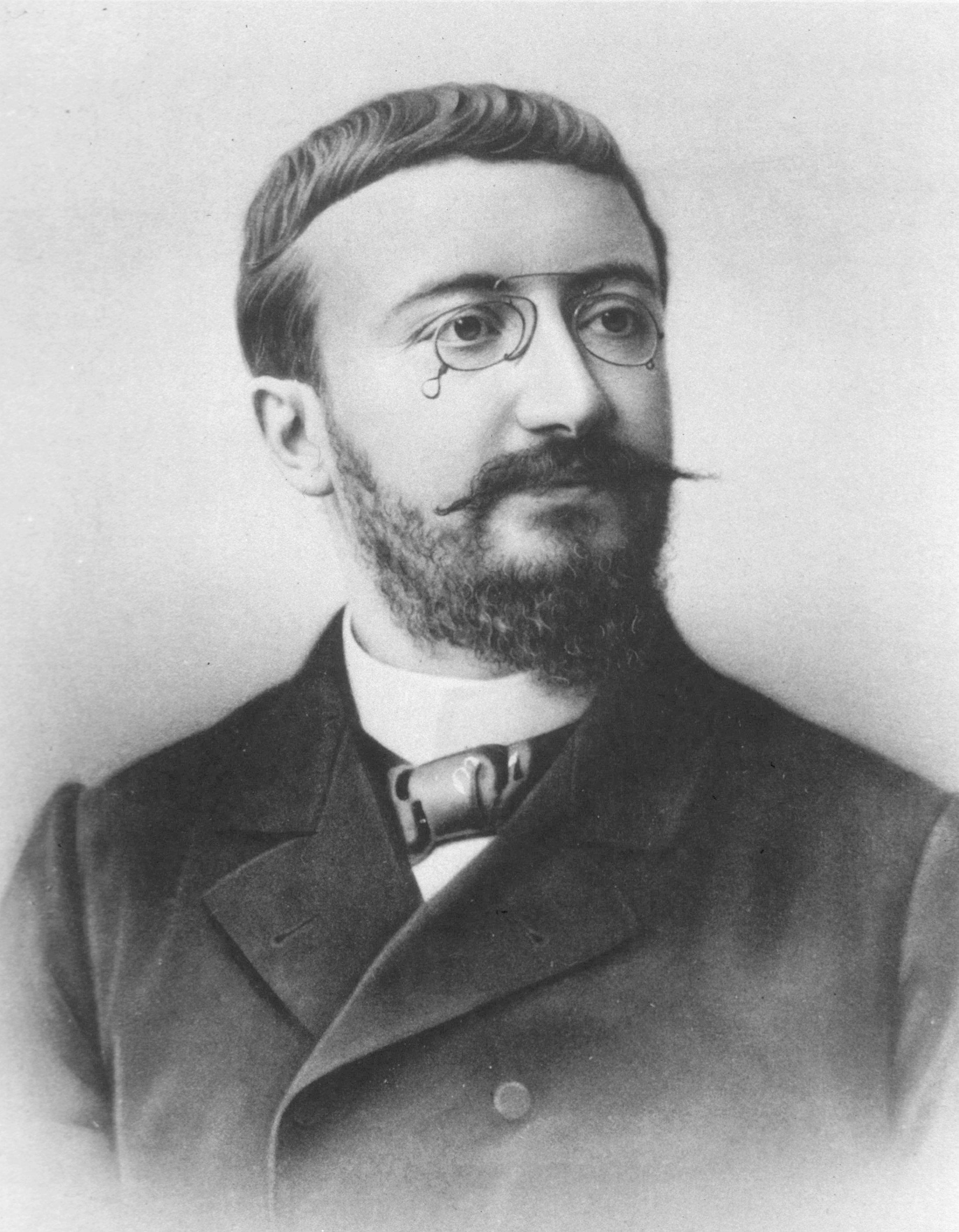

Vocabulary: This test measures receptive and expressive vocabulary. Sample question: “How are a snake and an alligator alike?” The individual is asked how two things are alike. Similarities: This subtest measures verbal abstract reasoning and conceptualization abilities. Lower scores are obtained by persons with an attention deficit or anxiety. Measures concentration, attention, and immediate memory. Sample question: “What is the thing to do if you find an injured person laying on the sidewalk?”ĭigit Span: Requires the repetition of number strings forward and backwards. Sample question (not really on the tests): “What is the capital of France?”Ĭomprehension: This subtest measures understanding of social conventions and common sense. An American education and intact long-term memory will contribute to a higher score. Information: Similar to “Trivial Pursuit,” this subtest measures fund of factual information. Wechsler IQ tests include the subtests below: >Look up the percentile, category, and capabilities associated with a particular IQ score< Also note that intellectual disability (which was called “mental retardation” until the current DSM 5 diagnostic manual) is defined not only by IQ score, but also by adaptive function – what you actually do in your day-to-day life. Keep in mind that, due to random factors, IQ scores can vary about 5 points from week to week, and can often change by 10 points or even more over a period of years. Shown below are the labels and frequency of Wechsler IQ scores. They currently include the WISC-IV (age 6-16 years), the WAIS-IV (age 16-89 years), and the WPPSI-III (age 2.5 – 7 years). The Wechsler tests are the most common individually administered IQ tests. Although IQ scores tend to be fairly stable, IQ will vary over time. They are not good at measuring such qualities as interpersonal skill or creativity.

IQ tests do a good job of predicting academic success. Intelligence is always measured relative to a particular culture “culture free” tests of intelligence do not exist. Most IQ tests consist of subtests measuring various qualities, such as factual knowledge, short-term memory, abstract reasoning, visual-spatial abilities, and common sense. The average IQ is still 100, but deviations from the average are assigned a number which corresponds to a percentile rank. With this method, test takers are referenced to other people of their own age. Modern IQ tests use a “deviation IQ” rather than a ratio IQ. So an adult with a 50 IQ is functioning at roughly an 8-year-old level. To convert a mentally retarded adult’s IQ into a rough age equivalent, multiply the IQ by 16, and then divide by 100. doi:10.4135/9781506326139.Most of the abilities measured by an IQ test tend to level off around age 16, so this method does not work for adults. (Ed.),Intelligence quotient The SAGE encyclopedia of educational research, measurement, and evaluation Thousand Oaks, CA: SAGE Publications, Inc. Thousand Oaks,: SAGE Publications, Inc., 2018, pp. "Intelligence Quotient." The SAGE Encyclopedia of Educational Research, Measurement, and Evaluation. The SAGE Encyclopedia of Educational Research, Measurement, and Evaluation, Thousand Oaks, CA: SAGE Publications, Inc. Thousand Oaks, CA: SAGE Publications, Inc., 2018. "Intelligence Quotient." In The SAGE Encyclopedia of Educational Research, Measurement, and Evaluation, edited by Frey, Bruce B., 844-45. Frey (Ed.), The SAGE encyclopedia of educational research, measurement, and evaluation (pp.


 0 kommentar(er)
0 kommentar(er)
